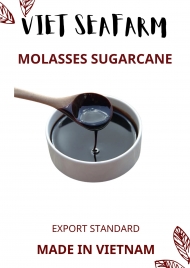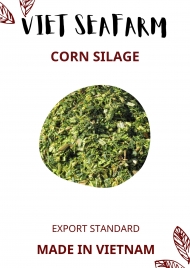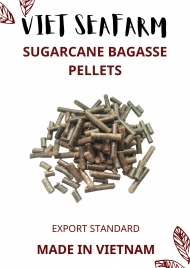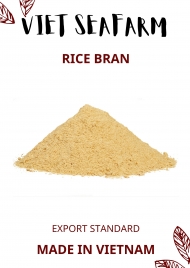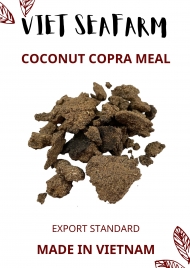Unveiling the Secrets Behind Producing Quality Rice Bran for Livestock
This article takes a close look at the intricate process of producing rice bran for animal feed, guiding us through each step from the rice fields to the formulation of the final feed. The focus is on understanding how various factors influence the nutritional quality of rice bran, catering to the diverse needs of livestock.
.jpg)
1. Harvesting and Collection:
Let's talk about the significance of picking top-notch rice crops for making bran. We'll explore different harvesting techniques that keep those rice grains intact and full of goodness.
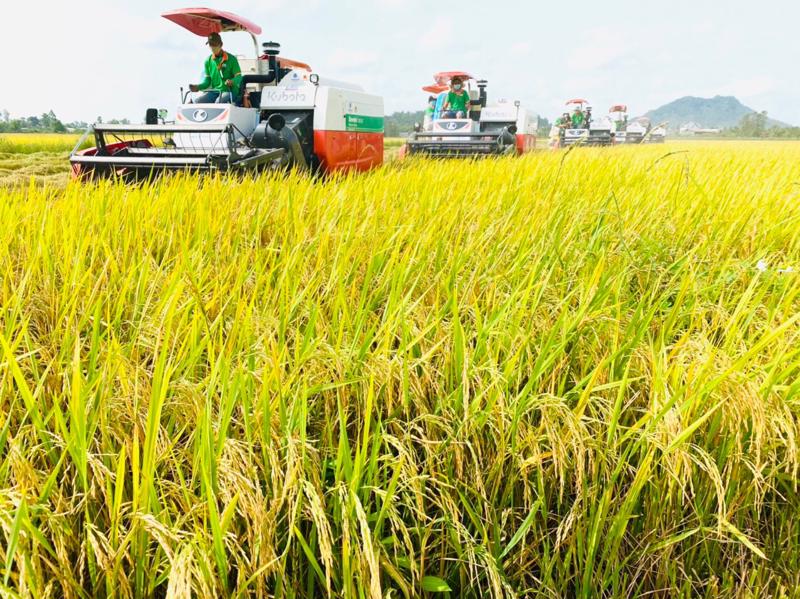
2. Milling and Separation:
We'll dive into the milling process, the art of separating rice bran from the kernel. It's not just about separating; we'll look at how to do it while keeping nutrient loss to a minimum.
.jpg)
3. Cleaning and De-stoning:
Cleaning time! We'll chat about the process of getting rid of impurities and foreign bits from the rice bran. And yes, de-stoning is on the agenda; it turns out it's crucial for keeping the bran as pure as can be.
4. Stabilization:
Time to heat things up! We'll explore various heat stabilization methods—both dry and moist—to keep that rancidity at bay and ensure a longer shelf life. Plus, we'll talk about how stabilization impacts nutrient retention and the overall quality of the feed.
5. De-Oiling:
Let's get rid of some fat! I'll explain the de-oiling process, a nifty way to reduce fat content in rice bran. We'll also weigh the pros and cons of different de-oiling methods, like using solvents or going old-school with mechanical pressing.
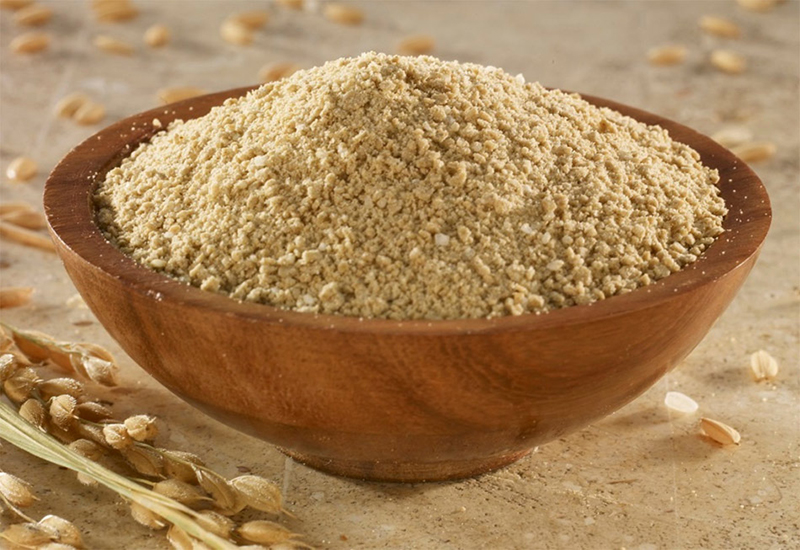
6. Micronization:
Downsizing is on the menu! I'll walk you through the micronization process, where we shrink those rice bran particles to boost nutrient bioavailability. And hey, let's discuss how micronization plays a role in making animal diets more digestible.
7. Enzymatic Treatment:
Time to meet the enzymes! We'll chat about how these little guys break down complex molecules, making it easier for nutrients to be released. And of course, we'll talk about how enzymatic treatment jazzes up digestibility for various animals.
8. Quality Control and Testing:
No shortcuts here; we'll go over the nitty-gritty of quality control measures during production. I'll also shine a light on the testing protocols for ensuring our rice bran is top-notch—nutrient-rich, pure, and free from contaminants.
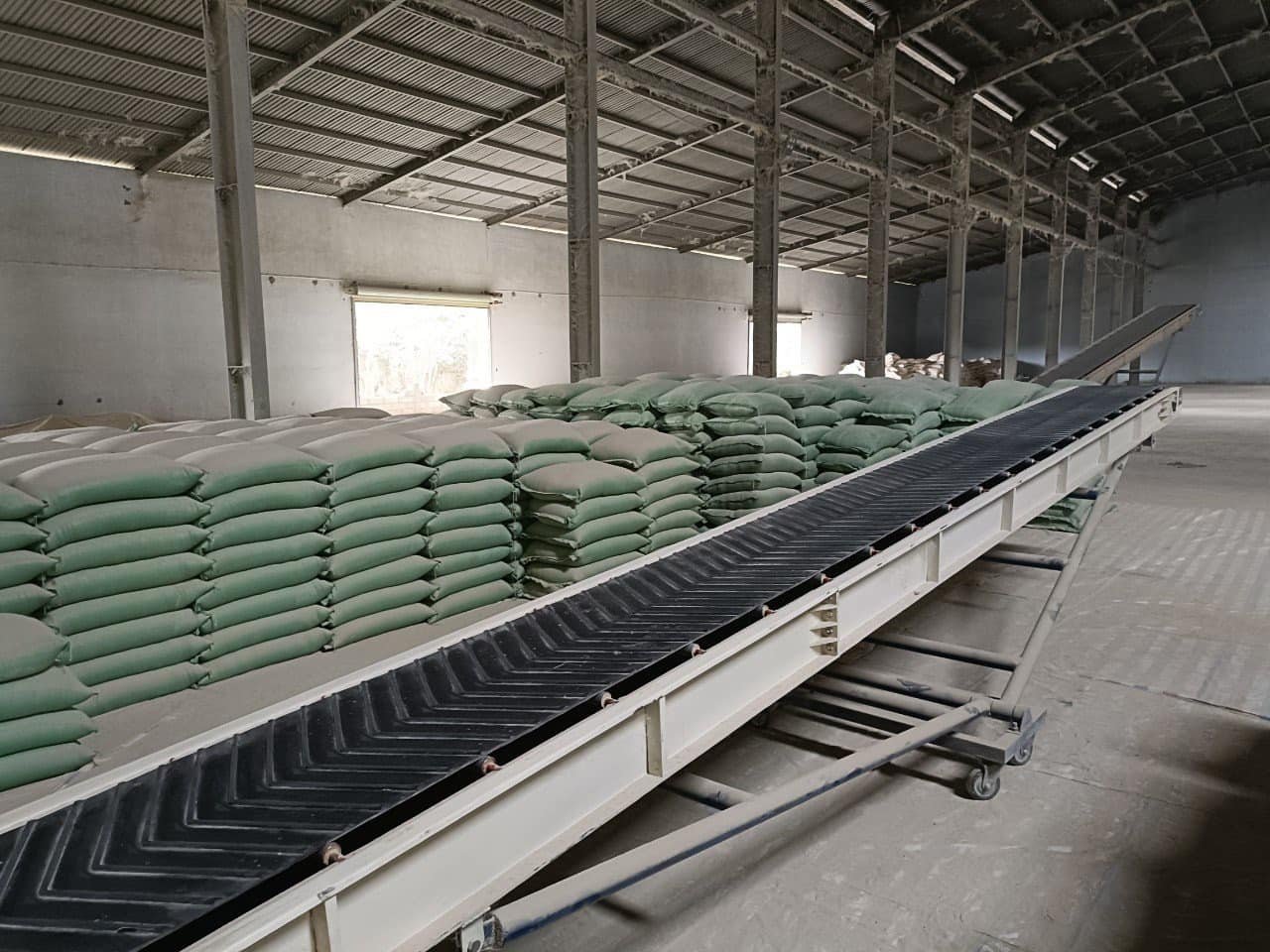
9. Packaging and Storage:
Let's pack it right! I'll share insights on choosing the best packaging materials to keep our rice bran fresh and bursting with nutrition. We'll also cover the optimal storage conditions, considering factors like temperature and humidity.
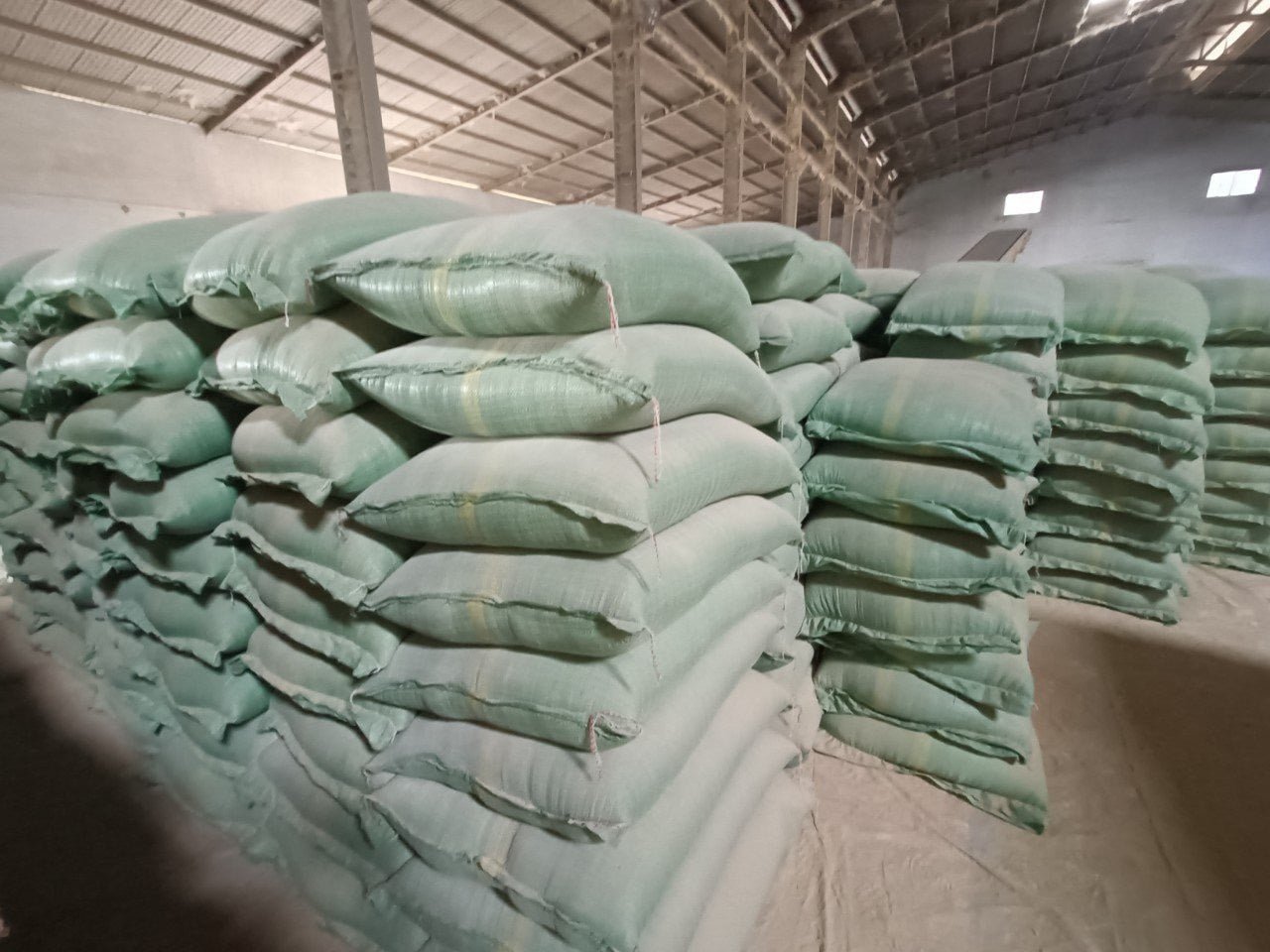
10. Formulation in Animal Feed:
Time to cook up some feed! We'll explore how rice bran finds its way into animal feed formulations. Oh, and we'll discuss the magic numbers—recommended inclusion rates and strategies for achieving a well-balanced diet.
11. Application in Different Livestock Diets:
Variety is the spice of life, even in diets! We'll talk about how rice bran adapts to the tastes of poultry, swine, ruminants, aquaculture, rabbits, horses, and dairy cows. Each species has its quirks, and we'll discuss them all.
Contact us for more information:
Viet Seafarm Company
Ms.Helen (Sales Executive)
Mobile: (+84) 352 305 610 (WhatsApp,...)
Email: Export3@vietseafarm.com.vn
Tel: +84 28.62985557 Fax: +84 28. 62985657
THANKS AND KIND REGARDS
Views: 723

.png)
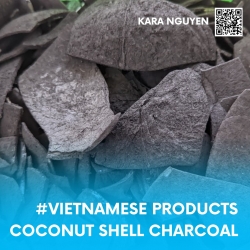
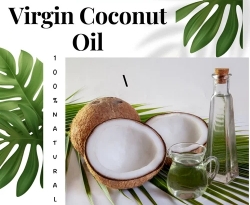
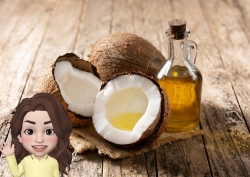
.png)
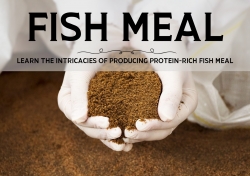
.png)
.png)

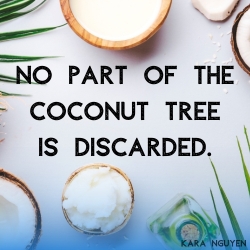
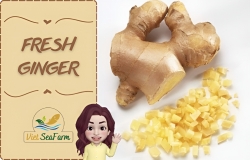
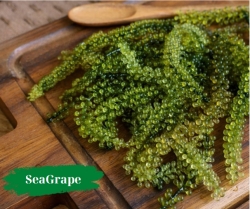
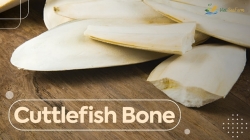
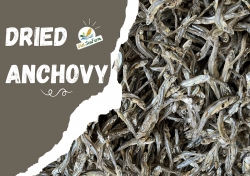
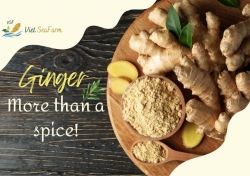
.png)
.png)

